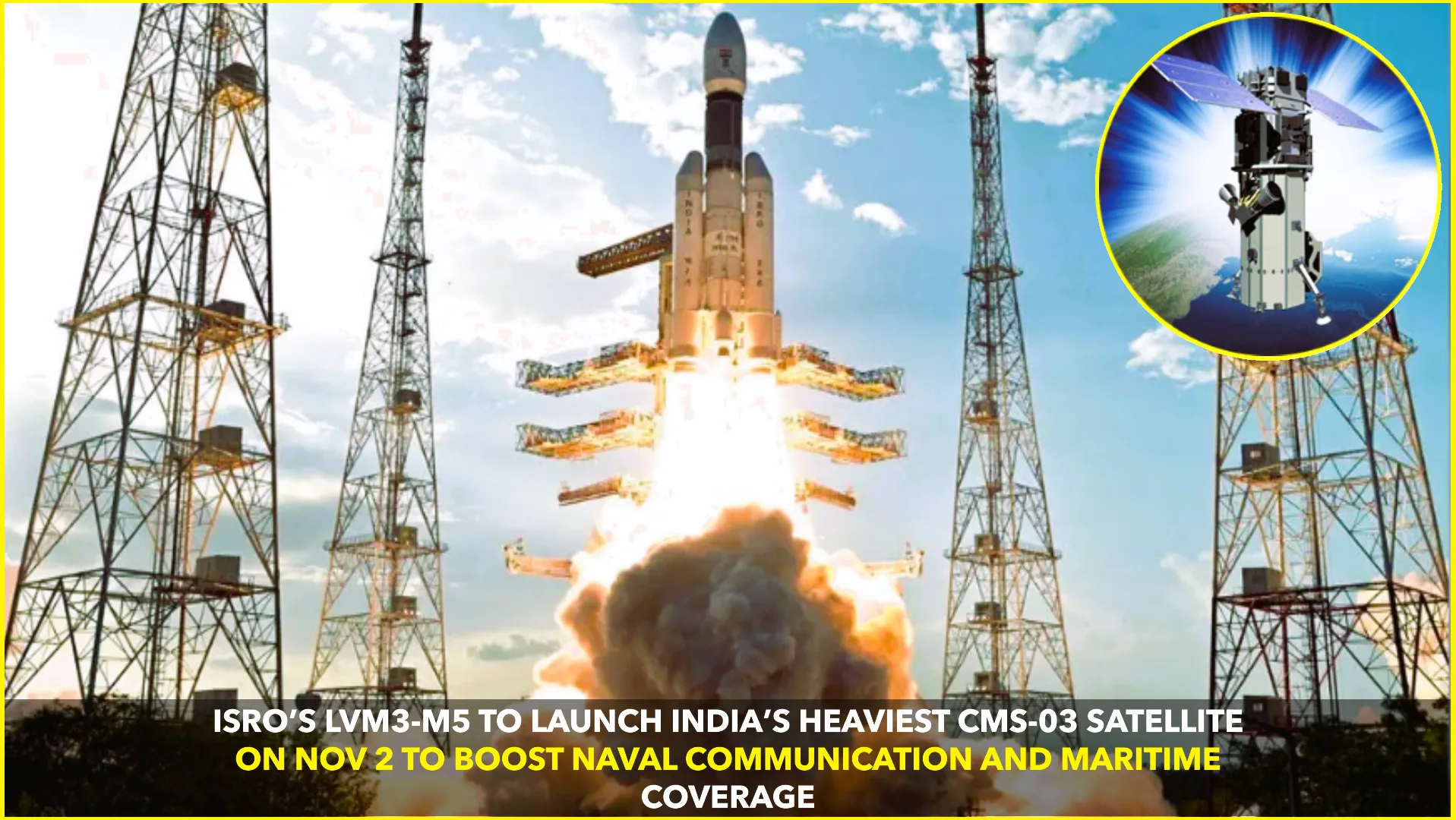Uranus, the solar system’s enigmatic ice giant, has long puzzled scientists with its unusually weak radiation belts. Detected by Voyager 2 in 1986, these belts – regions of charged particles trapped by a planet’s magnetic field – were a hundred times weaker than expected. New research sheds light on this anomaly, suggesting a connection to Uranus’s unique magnetic field.
Earth’s magnetic field is a familiar concept: a relatively symmetrical structure resembling a bar magnet. Uranus, however, throws a curveball. Its magnetic field is both tilted at a dramatic 60 degrees from its spin axis and asymmetric, exhibiting significant variations in strength across different regions.
This asymmetry, researchers propose, is the key to understanding the weak radiation belts. It may be creating spatial variations in particle confinement, akin to “traffic jams” in space. Imagine charged particles like cars on a highway. In some areas with a stronger magnetic field, the particles become bunched up and move slower, similar to congested traffic lanes. Conversely, weaker regions allow for freer movement, akin to open stretches of highway.
The current theory suggests that Voyager 2 traversed a weak zone during its flyby, explaining the anomalously low radiation measurements. This research not only advances our understanding of Uranus’s magnetic field but also holds significance for future missions. A thorough comprehension of the magnetic field’s behavior is crucial for safeguarding spacecraft from potentially harmful radiation.
In conclusion, Uranus’s tilted magnetic field presents a fascinating case study in planetary magnetism. The recent research offers a compelling explanation for the weak radiation belts, highlighting the importance of ongoing exploration to unravel the mysteries of our solar system. Understanding these celestial traffic jams will be vital for future endeavors venturing into the realm of the ice giant.
What is a Radiation Belt?

Radiation belts are regions of energetic charged particles, primarily electrons and protons, trapped by a planet’s magnetic field. These particles originate from various sources, including the solar wind (a stream of charged particles emanating from the Sun) and cosmic rays (high-energy particles from outer space).
The Earth has two main radiation belts, known as the Van Allen Belts, named after the scientist who discovered them. The inner belt lies closer to Earth and consists mainly of high-energy protons. The outer belt is farther away and contains a mix of electrons and protons.
Radiation belts pose a significant threat to spacecraft and astronauts venturing into space. The energetic particles can damage electronic components and harm living tissue. Spacecraft designers employ various shielding techniques to protect their payloads from radiation exposure when traveling through radiation belts.
Uranus’s magnetic field is causing “traffic jams” in space for two key reasons:
- Asymmetry: Unlike Earth’s relatively uniform magnetic field, Uranus’s field is very lopsided. This asymmetry creates uneven pockets of strength throughout the field. Imagine a bumpy, misshapen donut compared to a smooth sphere.
- Tilt: Uranus’s magnetic field is also tilted at a dramatic 60 degrees from its spin axis. This tilt further disrupts the field’s symmetry and adds another layer of complexity to how it interacts with charged particles.
These two factors combine to create a situation where the traffic flow of charged particles (mostly protons) becomes uneven.
- Stronger Magnetic Zones: In areas with a stronger magnetic field, the particles experience a more significant confining force. This can be likened to a congested traffic lane, where the stronger field acts like a narrower road, causing the particles to bunch up and move slower.
- Weaker Magnetic Zones: Conversely, in regions with a weaker magnetic field, the particles have more freedom of movement. Think of this as an open stretch of highway with a weaker field offering less resistance, allowing the particles to spread out and move faster.
The theory suggests that Voyager 2, during its flyby, happened to pass through a weaker magnetic zone. This explains why it measured a much weaker radiation belt than expected. The uneven distribution of particles due to the traffic jams caused by the lopsided and tilted magnetic field is the key culprit behind the anomaly.
#epicinfinite #epicarticle #epicblog
What do you think about the possibility of future missions to Uranus navigating these ‘traffic jams’?










